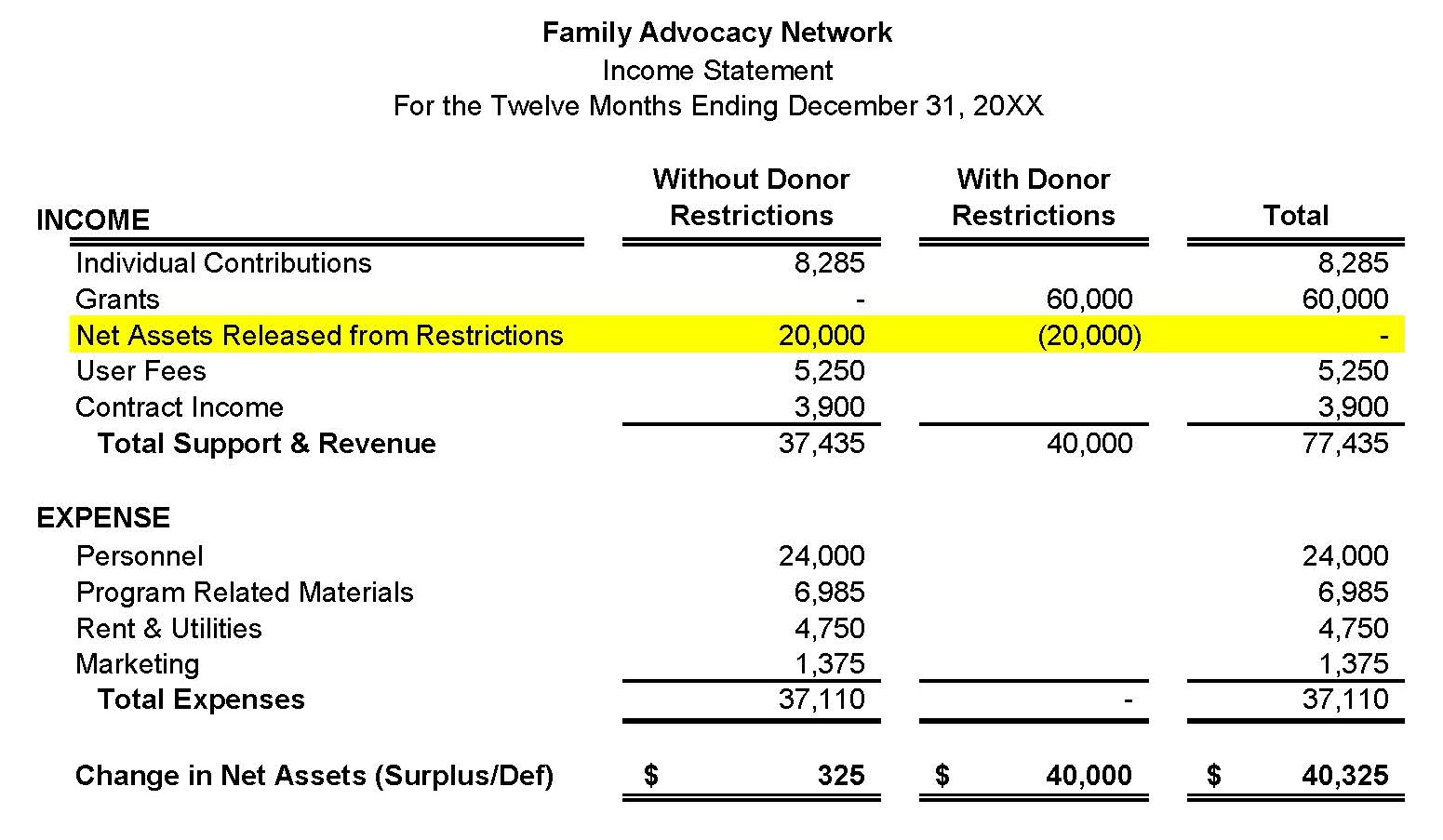

Finance
Joint-Life Payout Definition
Published: December 14, 2023
Learn the definition of joint-life payout and its significance in finance. Explore how joint-life payout can impact your financial planning and retirement strategy.
(Many of the links in this article redirect to a specific reviewed product. Your purchase of these products through affiliate links helps to generate commission for LiveWell, at no extra cost. Learn more)
Joint-Life Payout Definition: Ensuring Financial Security for Couples
Welcome to our finance category, where we discuss important topics related to personal finance, investments, and more. In this blog post, we will delve into the concept of joint-life payouts and how they can provide financial security for couples. If you’re looking for ways to protect your loved ones financially, this is a must-read.
Key Takeaways:
- Joint-life payouts offer a reliable income stream for couples during retirement.
- These payouts ensure that a surviving spouse continues to receive financial support even after the death of their partner.
Retirement planning is a crucial aspect of financial security, especially for couples. Joint-life payouts are a financial strategy designed to provide ongoing income to both partners during their retirement years. It offers peace of mind, knowing that even after one spouse passes away, the surviving partner will continue to receive financial support.
So how does a joint-life payout work? Let’s break it down into key points:
- Definition: A joint-life payout is a financial arrangement where both partners in a couple receive regular income payments, typically from a pension or annuity, until the death of both partners. It guarantees ongoing financial support for the remainder of both individuals’ lives.
- Financial Security: By opting for a joint-life payout, couples can ensure that neither partner will face financial hardship if one of them passes away. This type of arrangement helps maintain the same standard of living and protects the surviving spouse from potential financial struggles.
- Income Stream: Joint-life payouts provide a reliable and consistent income stream for couples. It is often based on actuarial calculations that consider factors such as the age, gender, health, and life expectancy of both partners. The payments continue until the death of the last surviving spouse, ensuring continued financial stability.
- Flexible Options: Couples can choose from different types of joint-life payout options based on their specific needs and preferences. These options include adjusting the payment amount, choosing the frequency of payments, and adding additional features or benefits to the payout arrangement.
It’s essential to understand that joint-life payouts may result in smaller individual income payments compared to single-life payouts since the payments need to support both individuals. However, the benefits of financial security and ongoing support for the surviving spouse outweigh the potential slight reduction in payments.
Planning for retirement requires careful consideration of various financial options, including joint-life payouts. By providing a continuous income stream for couples and ensuring financial security for both partners, this strategy can be a valuable tool in securing your financial future.
In conclusion, joint-life payouts offer an effective solution to safeguard your financial well-being as a couple. By choosing this option, you can enjoy retirement with peace of mind, knowing that your financial needs will be taken care of, irrespective of what the future holds. Start planning today to secure a financially stable and worry-free tomorrow.














